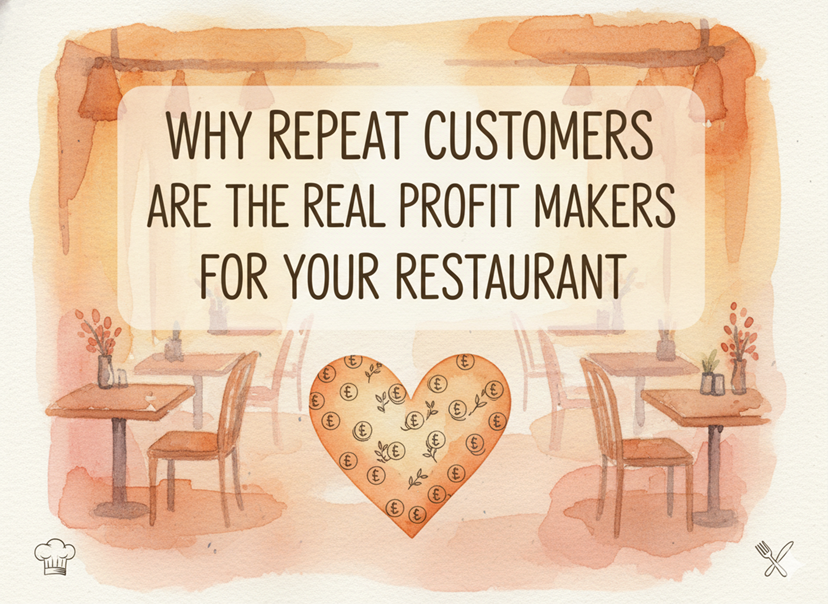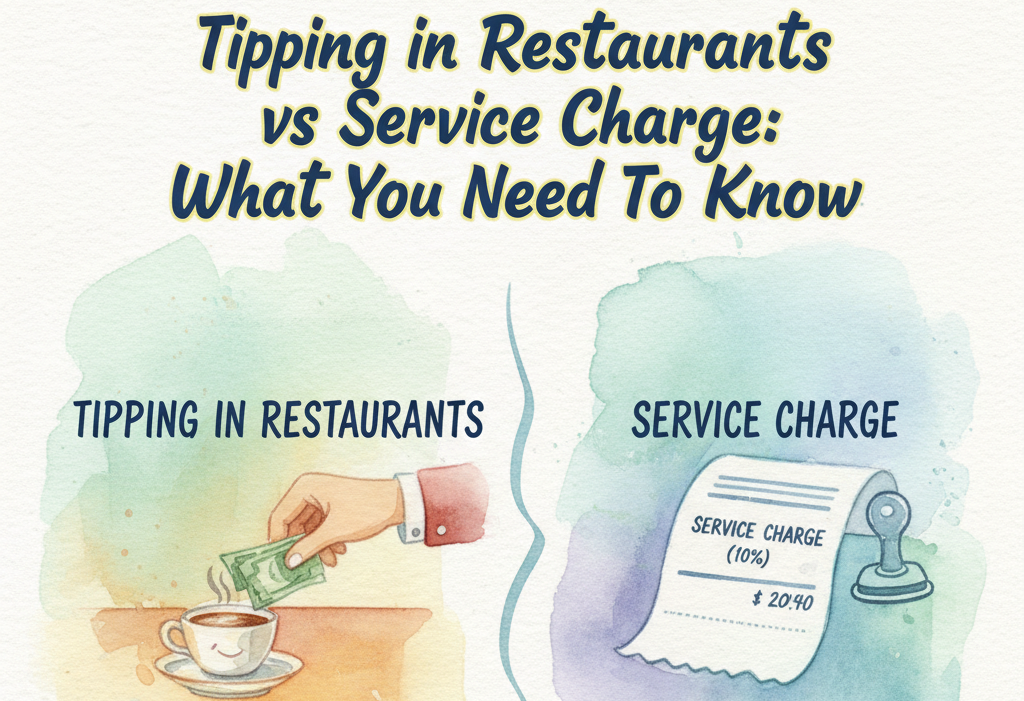In the fast-paced world of gastronomy, where culinary excellence meets customer satisfaction, the layout of your restaurant kitchen holds the key to operational efficiency and business success. Beyond the flavors and ambiance, a well-designed kitchen space can streamline operations, reduce costs, and elevate the dining experience. In this comprehensive guide, we’ll explore the essential strategies for crafting a restaurant kitchen layout that maximizes productivity, minimizes wastage, and sets the stage for culinary greatness.
Restaurant Kitchen Layout Matters
The restaurant kitchen design is more than just a spatial arrangement – it’s a blueprint for efficiency. Dividing the kitchen into distinct zones such as food preparation, cooking, plating, and washing optimizes workflow and minimizes congestion during peak hours. Ensure that high-traffic areas are strategically placed, and frequently used equipment and ingredients are within easy reach to minimize unnecessary movement and maximize productivity.
Optimize Workflow
Efficient workflow is the cornerstone of a well-functioning kitchen. By creating a logical flow of work, you can minimize backtracking and streamline operations. Embrace the concept of the “golden triangle,” positioning key components like the cooking range, refrigerator, and sink in an ergonomic formation to facilitate seamless movement between essential tasks. With a thoughtfully designed workflow, you can enhance productivity and ensure timely order fulfillment.
Kitchen Equipment Placement
The strategic placement of kitchen equipment is crucial for optimizing efficiency and comfort. Arrange cooking appliances such as ovens, grills, and fryers to minimize heat and odor transfer, creating a comfortable working environment for your staff. Invest in high-quality ventilation systems to maintain air quality and regulate temperature fluctuations. Prioritize ergonomic considerations to reduce physical strain on kitchen staff and enhance overall productivity.
Proper Storage Solutions
Effective storage solutions are essential for maintaining order and accessibility in a busy kitchen environment. Maximize vertical space with shelving units and hanging racks to optimize storage capacity. Clearly label and organize ingredients, utensils, and equipment to minimize search time and reduce disruptions during service. Implementing a first-in, first-out (FIFO) system for perishable ingredients ensures freshness and minimizes waste.
Efficient Use of Kitchen Tools
Equip your kitchen with high-quality tools and utensils designed for durability and ease of use. Establish a standardized system for utensil placement to promote consistency and efficiency among staff members. Comprehensive training on proper tool usage and maintenance maximizes functionality and prolongs the lifespan of kitchen equipment, ensuring seamless operations and minimizing downtime.
Streamline Communication
Effective communication is essential for coordinating tasks and ensuring smooth operations in the kitchen. Install a communication system such as a kitchen display system (KDS) to facilitate clear and efficient communication between kitchen staff and the front-of-house team. Embrace digital order management systems to eliminate paper tickets and reduce errors in order fulfillment. Foster a culture of teamwork and open communication among kitchen staff to promote collaboration and synergy.
FAQs
- How can restaurant owners ensure that the kitchen layout accommodates future expansions or changes in menu offerings?
To ensure that the kitchen layout accommodates for future expansions or changes in menu offerings, restaurant owners can consider designing flexible spaces that can be easily adapted. This might involve incorporating modular equipment or storage solutions that can be rearranged as needed. Additionally, leaving some space for potential growth or new equipment installations can help accommodate future changes without requiring a complete overhaul of the kitchen layout.
- Are there specific considerations for optimizing kitchen layouts in establishments with limited space or irregular building structures?
In establishments with limited space or irregular building structures, optimizing the kitchen layout becomes even more crucial. Restaurant owners may need to get creative with space utilization, such as utilizing vertical space for storage or investing in compact, multifunctional equipment. Customized solutions tailored to the specific constraints of the space, such as custom-built counters or shelving, may also be necessary to maximize efficiency.
- What are some examples of innovative technology or kitchen design trends that can further enhance efficiency and productivity in restaurant kitchens beyond the traditional strategies mentioned in the article?
Innovative technology and design trends can play a significant role in enhancing efficiency and productivity in restaurant kitchens. Examples include the integration of smart kitchen systems that automate certain tasks or provide real-time data analytics to optimize workflow. Additionally, advancements in equipment design, such as energy-efficient appliances or ergonomic cooking stations, can contribute to improved performance and staff comfort. Implementing digital tools for inventory management, recipe scaling, or staff scheduling can also streamline operations and reduce administrative overhead.
In the competitive world of restaurant management, optimizing your kitchen layout is paramount to success. By prioritizing thoughtful layout design, workflow optimization, strategic equipment placement, efficient storage solutions, and streamlined communication, you can create a kitchen environment that enhances productivity, minimizes waste, and delivers exceptional dining experiences to your customers. Continuously evaluate and refine your kitchen design to adapt to changing needs and technological advancements, ensuring your restaurant remains a beacon of culinary excellence in the industry.



